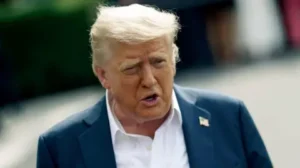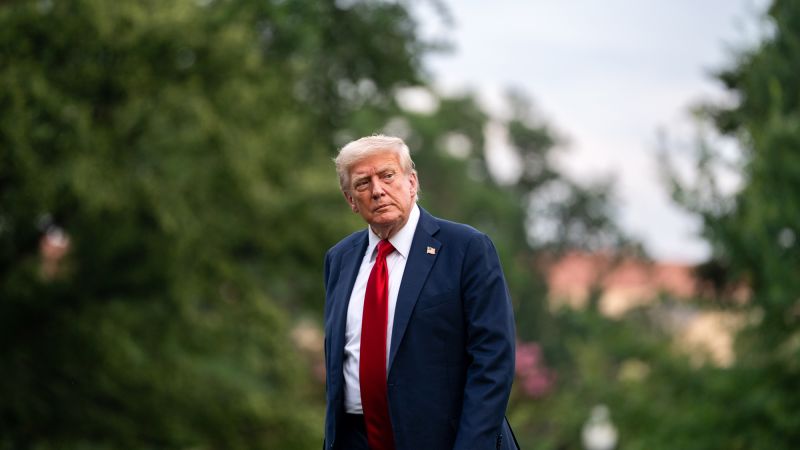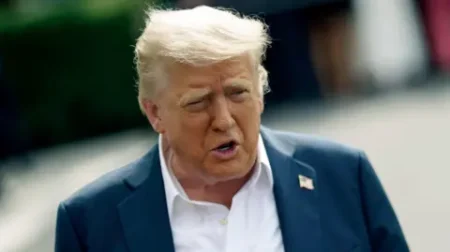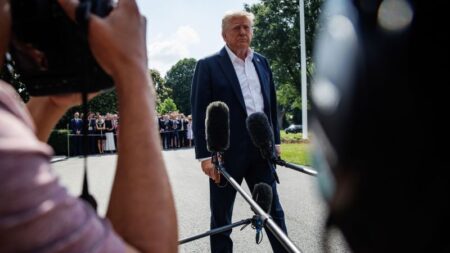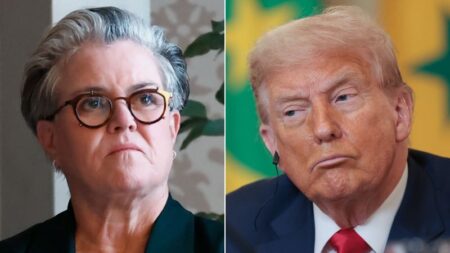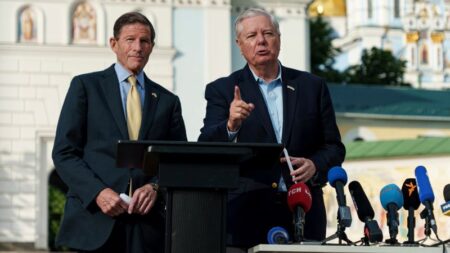In the wake of Donald Trump’s election victory, European officials quickly turned their attention towards the implications for ongoing military support to Ukraine. With Trump’s campaign promises to reduce American involvement in international conflicts, there was growing concern among European leaders about the future of U.S. weapons shipments to Kyiv. This sense of apprehension prompted discussions aimed at ensuring that Ukraine would continue to receive essential military supplies, irrespective of any potential withdrawal of American support.
Fast forward eight months, the strategic plans devised in those discussions are starting to come into focus. Current discussions suggest that Trump has embraced a collaborative approach, proposing to sell U.S. weapons directly to European nations, which are then expected to transfer them to Ukraine. This innovative strategy allows Trump to navigate the political landscape more carefully, as he aims to fulfill a commitment to limit U.S. involvement in the protracted conflict while still supporting Ukraine’s defense capabilities.
The President of the United States is anticipated to formally present this plan during a forthcoming meeting with NATO Secretary General Mark Rutte. This meeting represents a pivotal moment in international relations as the world watches how alliances and military support structures adapt to shifting political frameworks. Among the top priorities for Kyiv include Patriot missile batteries, which have been highlighted as critical to enhancing Ukraine’s defensive posture. Trump, in a recent statement, underscored their significance, echoing the sentiments expressed by Ukrainian officials, who have emphasized the urgent need for advanced weaponry as they contend with ongoing hostilities.
Officials discussing this initiative have indicated that its rationale is complex. Selling weapons to European allies, rather than shipping them directly to Ukraine, allows Trump to avoid backlash over a perceived reversal of his campaign stance regarding America’s role in international conflicts. Moreover, this strategy stands to yield considerable financial benefits; with each Patriot missile system estimated to cost around $1 billion, there is a substantial profit incentive associated with these transactions. Additionally, this approach may facilitate swifter deployment of these critical systems to Ukraine, as shipping supplies from neighboring European countries would generally be more efficient than transporting them from the U.S.
Moreover, the provision of a significant influx of weaponry to Ukraine is viewed by some U.S. officials as a calculated move to convey to Moscow that Trump is serious about addressing his frustrations with Russian President Vladimir Putin. After describing recent Russian rhetoric as “bullshit,” Trump has indicated that he is committed to demonstrating a strong stance in the face of continued aggression. The strategy appears to be not only about maintaining military support for Ukraine but also about signaling a willingness to instigate negotiations towards resolving the conflict.
The scheme’s contours were shaped further during discussions at last month’s NATO summit in the Netherlands, during which Trump met with both European leaders and the president of Ukraine. These discussions were characterized as surprisingly constructive, allowing participants to explore workable solutions to a complex geopolitical issue. The groundwork for this initiative was laid shortly after Trump’s election when European officials began formulating methods to sustain military aid to Ukraine despite fears of diminished U.S. support.
Collaborative efforts between American and European officials in recent weeks have sought to clarify operational details of this plan. While NATO itself does not supply weapons directly to Ukraine, it plays a crucial role as a facilitator, coordinating support efforts among its member states. Existing frameworks for the transfer of arms could entail European countries exchanging weapons already procured from the U.S. or making new purchases explicitly for Ukrainian use.
Countries such as Germany and Norway have already signaled their intent to participate, and interest from additional nations is expected. Conversations between Trump and German Chancellor Friedrich Merz have highlighted the latter’s desire for the U.S. to deliver weapons to Germany for subsequent transfer to Ukraine. Furthermore, discussions with Rutte have also included strategic arrangements for his upcoming visit to the White House.
During a recent NATO meeting, Ukrainian President Volodymyr Zelensky presented an urgent request for ten new Patriot systems to fortify Ukraine’s defenses against intensified assaults from Russian forces. In light of this, Trump has already endorsed several items from this escalated list of necessary military equipment, reflecting an evolving landscape of international military support aimed at bolstering Ukraine amidst ongoing turmoil. It is clear that the intricate interplay of diplomacy, military strategy, and national interest is shaping this pivotal moment in international relations, as the world observes these developments with keen interest.



